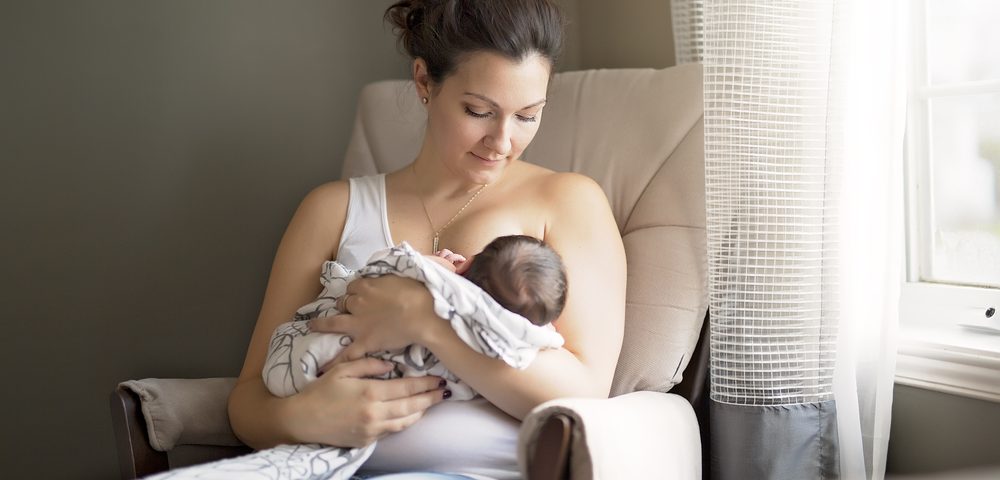A recent study has investigated juvenile idiopathic arthritis disease activity in women before, during and after pregnancy, a topic about which there is little knowledge. The results revealed that at six weeks postpartum, these women experience highest disease activity, which is otherwise low and stable during the period from planning pregnancy to one year after delivery.
More than 40 percent of women with juvenile idiopathic arthritis have either active disease or are taking medication while of childbearing age, Yet, little is known about disease activity of juvenile idiopathic arthritis in women during and after pregnancy. In the study “Disease Activity of Juvenile Idiopathic Arthritis during and after Pregnancy: A Prospective Multicenter Study,” published in the Journal of Rheumatology, researchers studied 135 pregnancies in 114 women with juvenile idiopathic arthritis during pregnancy and up to 12 months postpartum.
Disease activity was determined at seven time points (prior to, during and after pregnancy) using a scoring system composed of the number of tender joints and swollen joints, patient’s global assessment of disease activity on a visual analogue scale and C‐reactive protein levels. Self-reported physical function, pain, and mental health also was evaluated.
Results revealed that despite the proportion of women using disease-modifying anti-rheumatic drugs (DMARDs) decreasing from 55 percent in the year prior to pregnancy to 22 percent during pregnancy, almost 80 percent of the women either were in remission or had low disease activity during and after pregnancy. Interestingly, even though disease activity was generally stable throughout the study period, researchers found that disease activity scores at six weeks postpartum were significantly higher compared to both the first and third trimester. These scores were then found to decrease significantly between six weeks and 12 months postpartum.
Self-reported mental health was significantly better at six weeks postpartum than before the pregnancy, and self-reported pain was stable throughout this period. Assessment of physical function revealed it was significantly worse during the third trimester of pregnancy than at postpartum.
“In our study, which prospectively explored disease activity during and after pregnancy in women with JIA using a validated disease activity score, we found that the majority experienced low and relatively stable disease activity. A small but significant increase in disease activity 6 weeks postpartum calls for tight followup of women with JIA in the first weeks after delivery. Future research on pregnancy in subgroups of JIA would be of interest,” the authors concluded.

